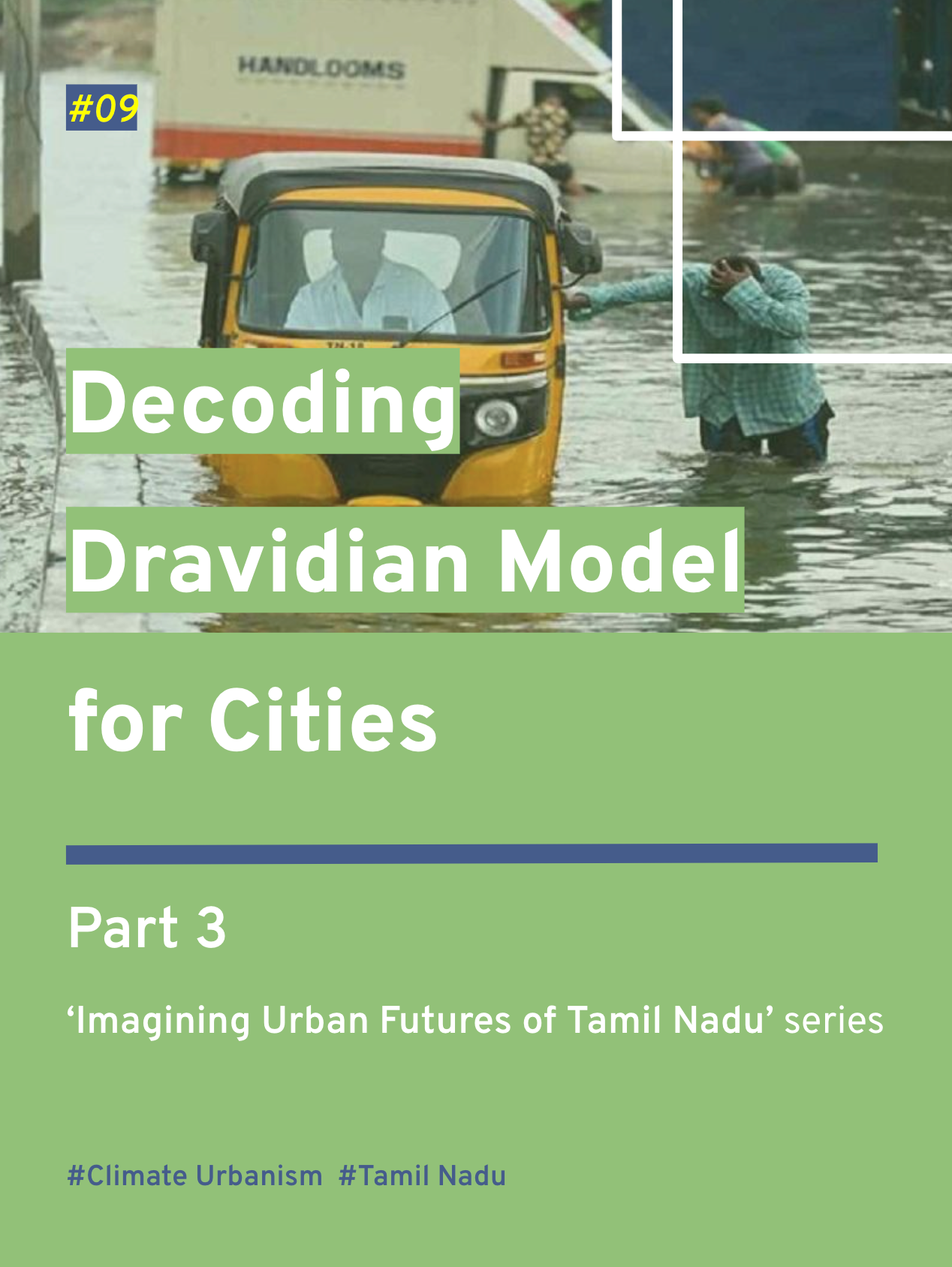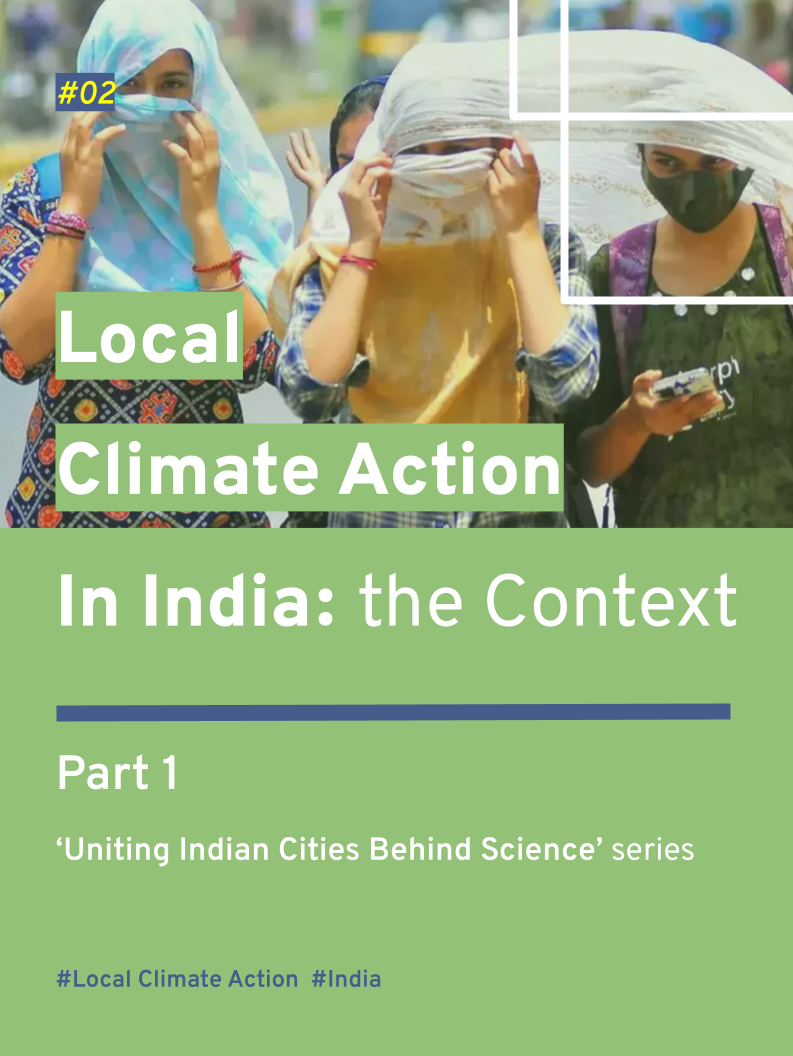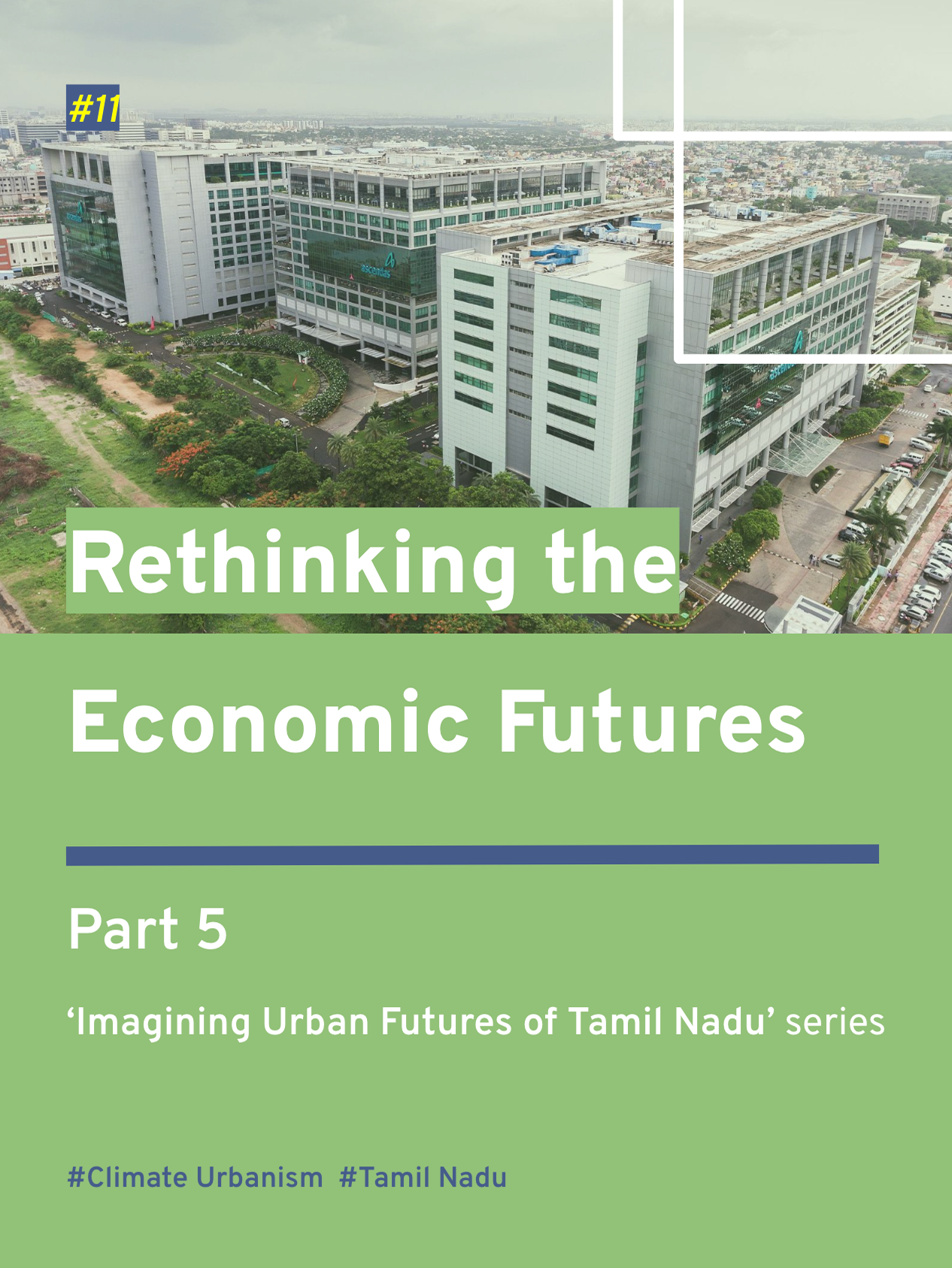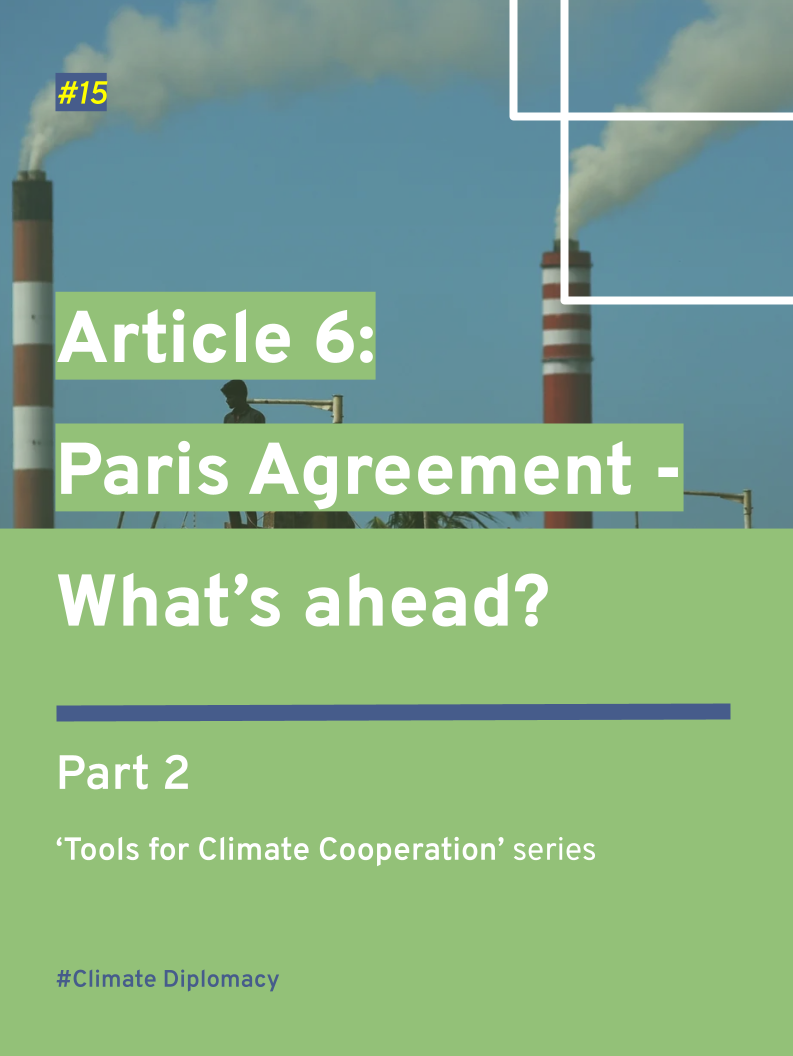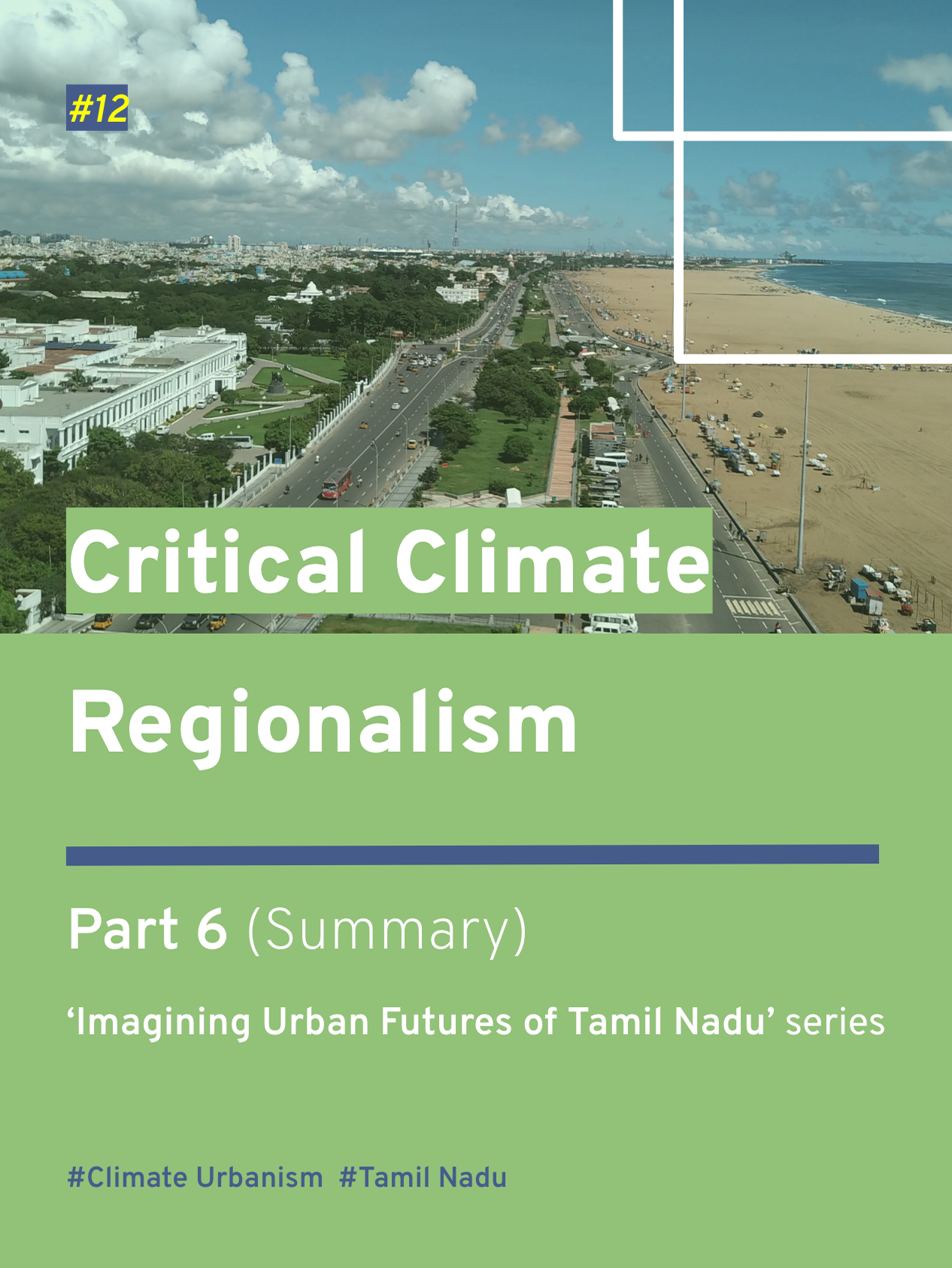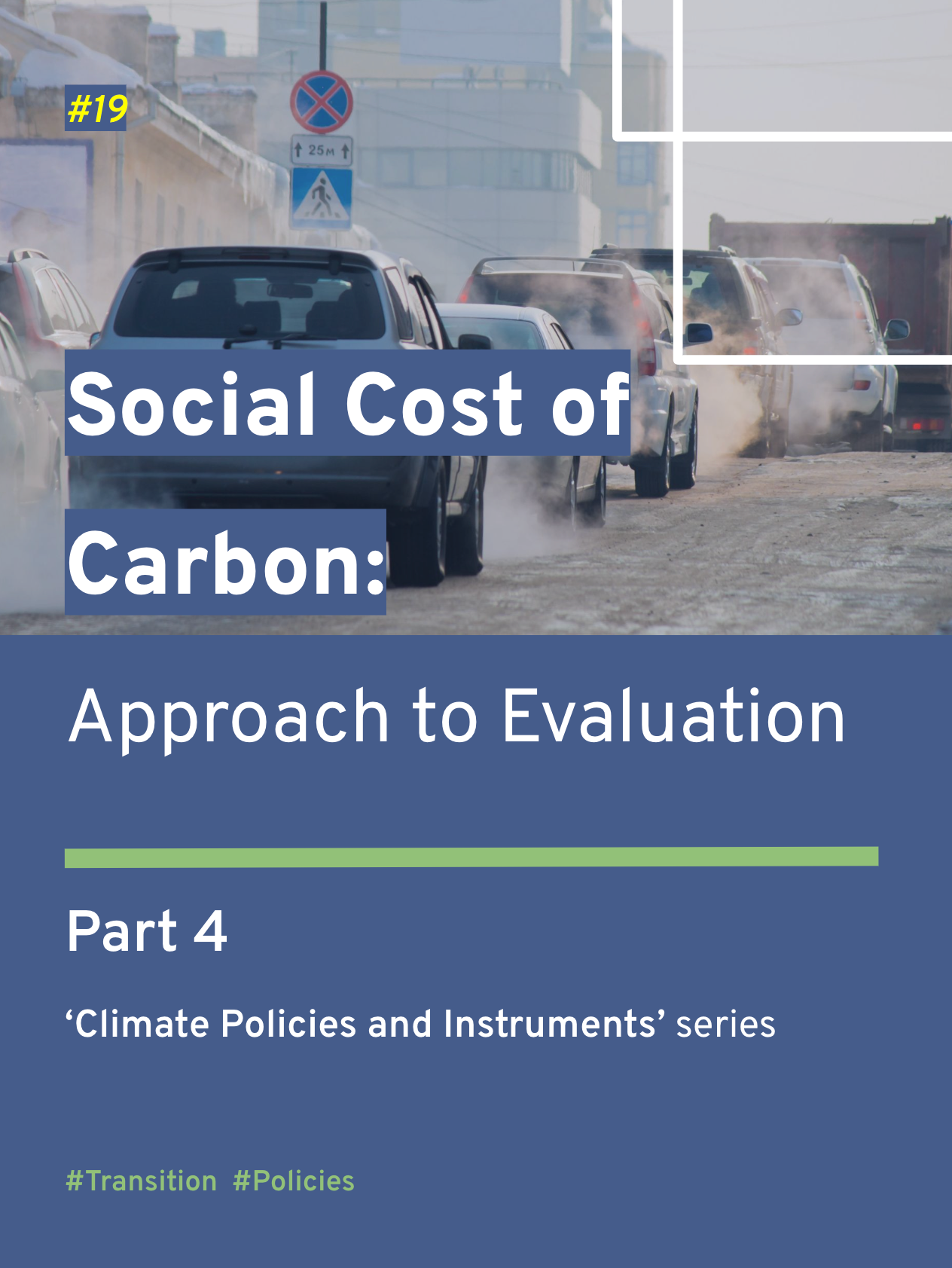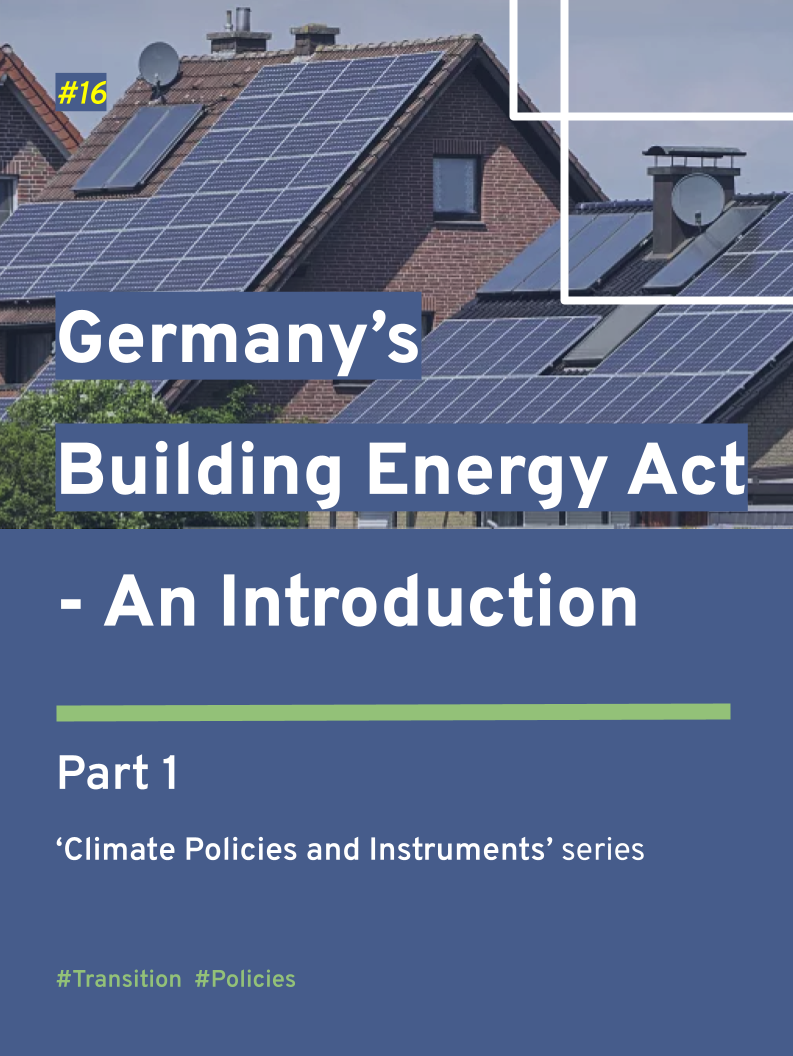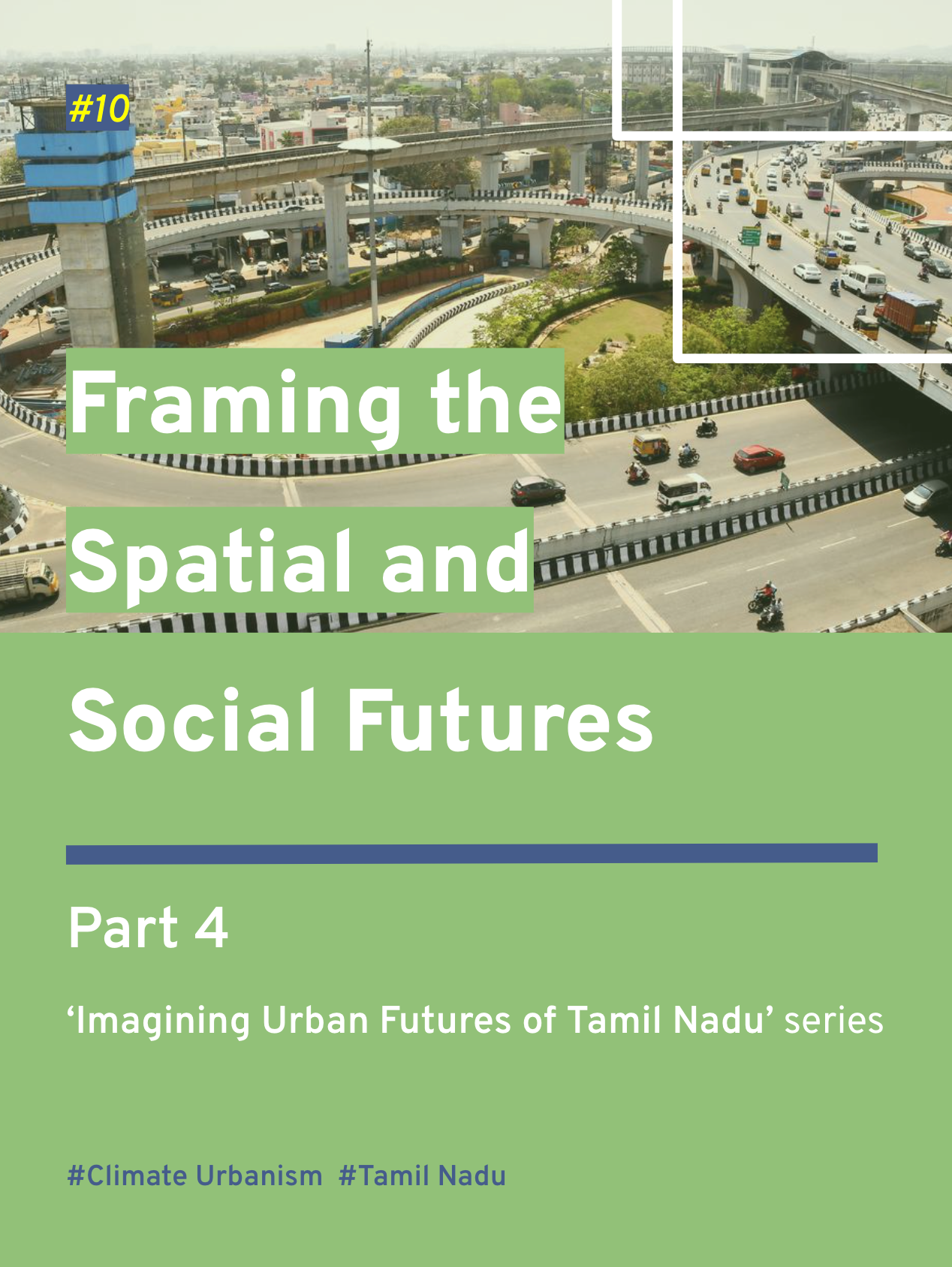Part 1 of ‘Tools for Climate Cooperation' series
New Delhi, India (Source: Sanjeev Verma/Hindustan Times/Getty Images)
As we look up to the 2024 United Nations Climate Change Conference (COP29) in Baku, Azerbaijan, the world’s focus is on the long-pending implementation of Article 6 of the Paris Agreement. "What is it all about? Why is it important? Particularly, is it of any relevance for local climate action?" This blog series is both an explainer and a discussion covering the opportunities and risks involved in operationalizing Article 6.
Introduction: What is Article 6?
The Paris Agreement was instituted on November 4, 2016 (Conference of the Parties, COP21), to enable climate cooperation among 195 parties and achieve the global temperature goal of holding warming well within 2°C above pre-industrial levels and pursuing efforts limiting it to 1.5°C above pre-industrial levels by substantially reducing greenhouse gas emissions. The agreement also sets the pathway for delivering climate finance and monitoring progress through tools and processes, including national climate action plans, nationally determined contributions (NDC), and global stocktake. In this context, Article 6 of the agreement lays out the tools for voluntary international cooperation among countries, covering both market-based approaches (Articles 6.2 and 6.4) and non-market strategies (Article 6.8).
Table presenting the key paragraphs from Article 6 (UNFCCC, 2016; Granziera, Hamrick and Verdieck, 2023)
Since the Paris Rulebook was adopted at COP26, in Glasgow in 2021, more than 120 countries have expressed their willingness to leverage Articles 6.2 and 6.4 for their NDC targets. But, the parties and experts also point out gaps in existing provisions and the need for further guidance. The world’s hope is now on COP29 to fill these gaps and provide guidance.
How could Article 6 help achieve global emissions targets?
NDCs are voluntary, incremental, and expensive. Estimates show that even for 58% of developing countries to meet their NDCs across the cut-off period of 2025-40, an investment of around $4.3 trillion would be required. Articles 6.2 and 6.4 were proposed to support the parties to meet these investment needs and match their mitigation and adaptation targets, through the following two strategies:
Combining the benefits of a ‘direct market’ and a ‘coordinated market’:
Article 6.2 allows for ‘direct market’ transactions between a host country (which has excess ITMOs) and a buyer country (which needs more ITMOs to meet its NDC) through bilateral agreements. This offers flexibility in negotiating the terms and conditions of the types of trading units, sectors, methodologies, and standards while complying with the overall Article 6.2 guidance. As there is no third party involved, no mandatory fees are attached to this, though incurring administrative and political costs. However, not all ‘host countries’ will be able to attract ‘buyers’, and the political dynamics under ‘direct market’ conditions could also create an uneven playing field for developing countries. Article 6.4 attempts to address this through a ‘centralised trading mechanism’, to be supervised through the United Nations Framework Convention on Climate Change (UNFCCC). This way, Articles 6.2 and 6.4 together, attempt to expand the avenues for trading.
In addition, the emission reduction units traded through Article 6.4 (A6.4ERs) come with a mandatory 5% monetary contribution (referred to as ‘share of proceeds,’ or SOP) towards the Global Adaptation Fund, the same as the 2% allocation made under the Kyoto Protocol. Another 2% automatic minimum cancellation of credits, referred to as ‘overall mitigation in global emissions’ (OMGE), is applied to A6.4ERs, persuading parties to aim beyond one-to-one offsetting.
Once operationalized, alongside incentivizing cost-effective climate action, Article 6 provisions will generate significant financing, for adaptation in vulnerable regions. A recent estimate suggests that the savings through emissions trading could be up to $250 billion (or 40–60%) in 2030, and secured finances for adaptation could be more than $1 trillion by 2050.
In simple terms, the countries could count the units of emissions they have reduced and sell that as a commodity to a country that is unable to reduce emissions to meet their NDCs. If two countries are unable or unwilling to establish their own rules to do this transaction, they could take help from a mediator (UN), who also takes a cut and uses it for the common public good (adaptation). Sounds fair, isn’t it?
Improving transparency for monitoring and accountability:
Article 6 clarifies the concern for potential ‘double counting’ in NDC reporting (the risk of two countries counting and claiming the same emission reduction units, especially with ITMOs), through a ‘corresponding adjustment’ mechanism. It expects the host country to ‘authorise’ the ITMOs (both under 6.2 and 6.4) with an expiry date, for usage under a specific NDC period’s reporting, in an attempt to ensure commitment to transfer those units to the buyer country’s NDC or towards the Carbon Offsetting and Reduction Scheme for International Aviation (CORSIA). The host country could also safeguard certain units, as ‘unauthorised', account for them as ‘mitigation contributions’, and invest in domestic mitigation pricing schemes or voluntary carbon markets (VCM). Hence, ‘corresponding adjustment’ and ‘mitigation contribution’ as complementary mechanisms could improve overall transparency and trading opportunity. Notably, COP-27 negotiations confirmed the applicability of SOP and OMGE to both authorised and unauthorised A6.4ERs.
After all, an emissions reduction unit is not a physical commodity that only one [country] can possess. It’s literally in the air. The ‘corresponding adjustment’ mechanism is just a way to prevent foul play by countries.
Article 6 also strengthens its credibility by promising an independent body for grievance redressal and embedding the right to appeal for the indigenous population, local communities, and other concerned stakeholders, on the A.6 Supervisory Body’s decisions related to all projects registered under Article 6.4.
But, right now, it’s all only on paper. Noel Cass, Milena Buchs, and Karen Lucas’s paper “The A-Z of excuses for not taking action on the climate” lists twenty-size reasons people come up with to justify their energy-intensive lifestyle. However, businesses commonly blame the delay in operationalising Article 6 of the Paris Agreement as the only reason for their inaction or insufficient action.
Is Article 6 the climate saviour waiting to arrive? Let’s discuss its risks in the next blog.
Check out the next blog that sheds light on the potential risks of Article 6.
Have questions, thoughts, or feedback? Write to nagendran.bala.m@gmail.com.
